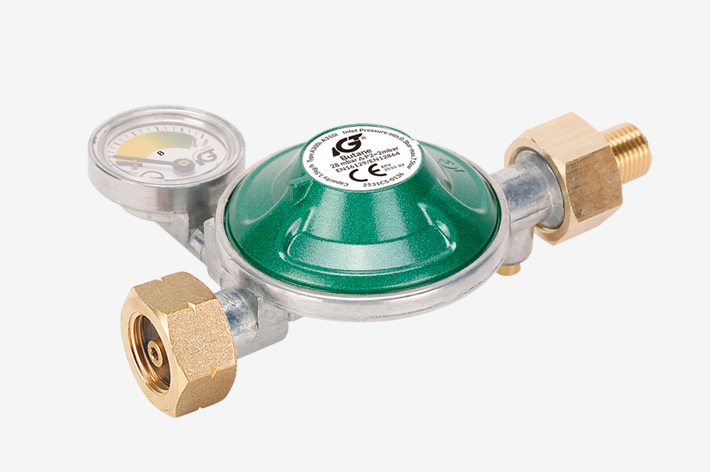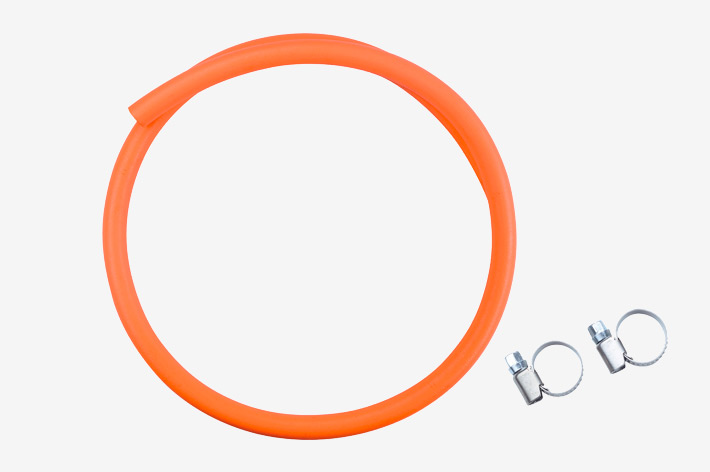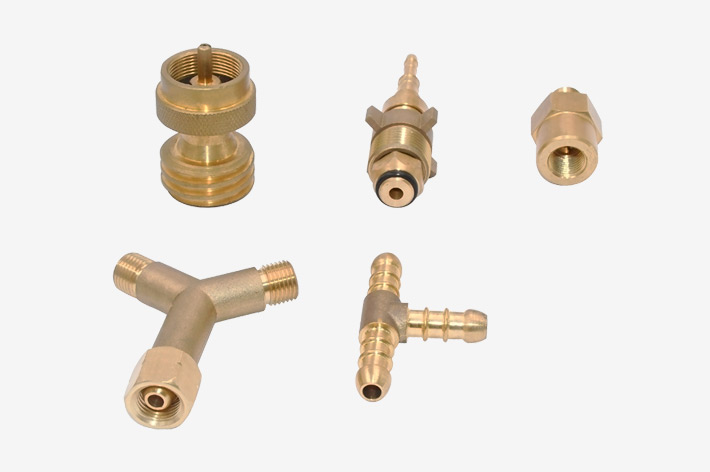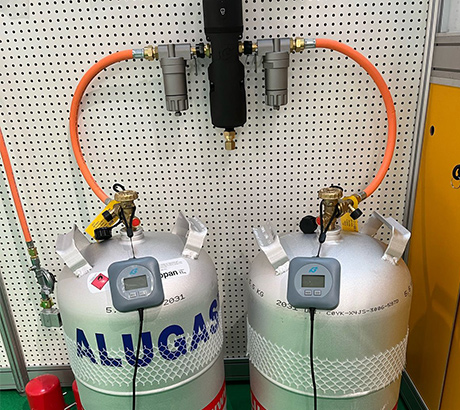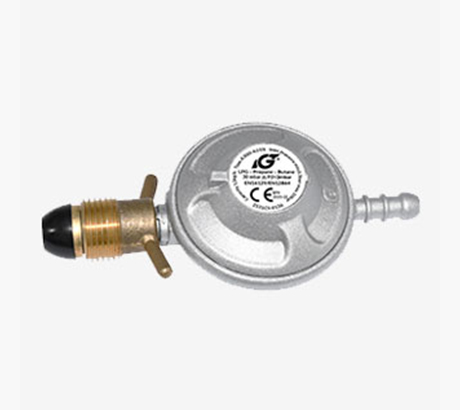In home gas systems, the snap-on gas regulator plays a crucial role. It not only ensures a stable supply of gas but also enhances the safety of home gas appliances. This article will introduce the functions, purchasing advice, and correct installation and usage methods of the snap-on gas regulator to help you better understand and use this essential device.
Functions and Advantages of the Snap-on Gas Regulator
The snap-on gas regulator is a key component that connects the liquefied gas cylinder to the gas appliance. Its main function is to adjust the high-pressure gas inside the cylinder to a lower pressure suitable for safe use by the gas appliance. Through this adjustment, the snap-on gas regulator ensures the normal operation of gas appliances while preventing safety hazards caused by excessive gas pressure.
Compared to traditional regulators, the snap-on gas regulator offers higher safety and convenience. Its clip-on design makes installation and removal simpler. Users only need to align the regulator with the cylinder's interface and clip it on to complete the connection. This design not only improves operational convenience but also reduces gas leakage problems caused by improper installation.
Key Points in Choosing a Snap-on Gas Regulator
When purchasing a snap-on gas regulator, several key points need to be considered. First, choose the appropriate regulator based on the gas consumption of the home appliance. For example, gas stoves typically require a regulator with a flow rate of 0.6L/h, while water heaters require a regulator with a flow rate of1.2L/h. Choosing the right specifications for the snap-on gas regulator can ensure the normal operation and safe use of gas appliances.
Secondly, prioritize regulators equipped with an overcurrent shut-off safety device. Such regulators automatically shut off the gas flow when the hose ages, cracks, or falls off, preventing the dangers of gas leaks. If your regulator does not have an overcurrent shut-off function, it is recommended to choose a model with a metal hose thread connection to enhance safety.
Lastly, avoid purchasing regulators with adjustable outlet pressure. In household use, medium-pressure valves are not suitable for home gas; the snap-on gas regulator should ensure stable pressure to avoid safety hazards caused by improper adjustment.
Proper Installation and Use of the Snap-on Gas Regulator
Proper installation and use of the snap-on gas regulator are key steps to ensuring the safety of the home gas system. First, before connecting the regulator, check whether the rubber seal on the regulator's thread is intact. If the seal is detached or damaged, it may cause gas leakage, affecting safety.
During installation, align the snap-on gas regulator with the cylinder thread, tighten it counterclockwise, and ensure a secure connection. After installation, check for gas leaks by applying soapy water to the connection points to see if bubbles form. If a leak is detected, it should be addressed immediately.
During use, ensure that the hose connection to the regulator and gas appliance is secured with a hose clamp to prevent the hose from detaching or leaking. After each use, close the cylinder valve promptly to ensure safety. Additionally, replace the snap-on gas regulator periodically according to the manufacturer's specified service life to prevent safety issues caused by aging or damage.
In summary, the snap-on gas regulator is indispensable in home gas systems. It not only improves operational convenience but also enhances system safety. By choosing the right regulator and strictly following the correct installation and usage methods, you can effectively ensure home gas safety and enjoy a comfortable and worry-free life.

 中文
中文 
